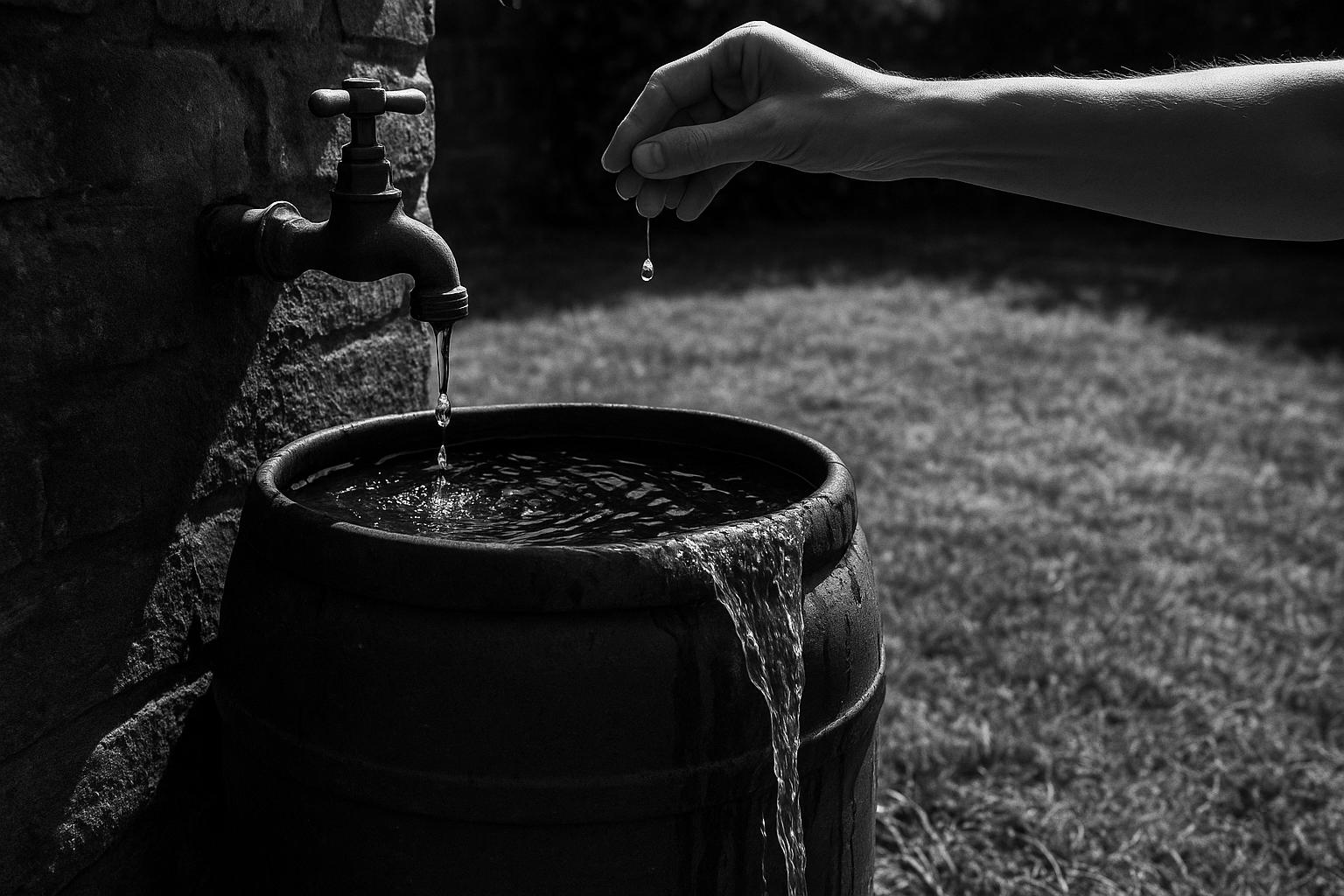Thames Water has urged customers to cut everyday water use — starting with shorter showers — as parts of its supply area remain subject to a temporary hosepipe ban after what the company describes as the driest spring in more than a century and an unusually warm early summer. According to the utility, the combination of low rainfall and higher temperatures has driven up demand while reducing the amount of water available in rivers, reservoirs and groundwater stores. The warning comes as national meteorological data show an exceptionally warm, sunny spring that exacerbated stresses on the country’s water resources. (Sources: Thames Water; Met Office)
Andrew Tucker, Thames Water’s water demand reduction manager, told the local press the recent rainfall is welcome but not sufficient. “We welcome the recent rainfall across our region, however, we need persistent and prolonged wet weather to replenish our rivers and reservoirs following the otherwise persistently dry spring and summer,” he said, explaining that sustained rain is needed both to saturate soils and to raise groundwater so the company can safely reduce abstractions from the River Thames and protect levels at Farmoor Reservoir. The company frames restrictions — including the targeted hosepipe ban — as one part of managing supply while those natural systems recover. (Source: Thames Water)
Among the measures Thames Water is promoting is a simple change to shower habits. The company’s research, published as part of its customer guidance, finds the average person spends about eight minutes in the shower and that cutting that time by two minutes could save roughly 20 litres of water per person each day and, the company estimates, about £73 a year on combined water and energy bills. Thames Water presents that figure as an indicative saving based on its usage model rather than an audited household bill reduction. (Sources: Thames Water newsroom; Thames Water customer guidance)
Thames Water’s guidance also reprises familiar household actions: turn taps off while brushing, fix leaking toilets and reduce the number of laundry loads. Public materials from the company note a running basin tap can use around six litres per minute (some of its guidance cites up to nine litres per minute in different contexts), and it warns that leaky toilets can waste in the order of 200–400 litres a day. The firm points customers towards simple behavioural fixes — for example, full loads in dishwashers and washing machines — and tools such as a free online water‑saving calculator to estimate household savings. (Sources: Thames Water; Thames Water help pages)
Thames Water is also encouraging uptake of low‑cost infrastructure such as water butts to capture rainwater for gardens; company figures show only about 27% of households in its region currently use one. It is promoting reduced garden watering, fewer laundry cycles and other small changes that the company says will cumulatively ease demand on supplies while larger hydrological recovery is awaited. (Sources: Thames Water newsroom; Thames Water help pages)
On leakage, the company says it is making progress and investing in faster detection and repair. Shane Gloster, Thames Water’s head of leakage, acknowledged customer frustration at visible leaks during a period of temporary use restrictions but said the business is “fixing, on average, over 650 leaks a week” and that leakage on its network is at its lowest recorded level. Those claims reflect the company’s operational reporting and its ongoing emphasis on using new technology and data to locate bursts more quickly. (Source: Thames Water)
The broader climate and weather context underlines why the utility is pushing behavioural change. The Met Office’s seasonal summaries have highlighted record warmth and exceptional sunshine — describing the spring of 2025 as the warmest and sunniest on record in the UK and noting very low rainfall in many areas — and earlier studies have linked recent warm June records to a long‑term trend in which heat extremes have become more likely. Government and independent analysts say such patterns increase the frequency and severity of short‑term water stress events, making demand management and infrastructure resilience more pressing policy priorities. (Sources: Met Office seasonal analysis; Met Office attribution work)
For households, Thames Water’s message is both practical and precautionary: adopt everyday habits that reduce consumption, check for leaks and use available online tools to estimate savings. The company advises customers that a return to normal river and reservoir conditions will require significant, prolonged rainfall, and that until hydrology recovers the combination of targeted restrictions and voluntary conservation will remain important to protect supplies and vulnerable users. (Sources: Thames Water customer pages; Thames Water newsroom)
📌 Reference Map:
##Reference Map:
- Paragraph 1 – [1], [6]
- Paragraph 2 – [1]
- Paragraph 3 – [3], [1]
- Paragraph 4 – [1], [3], [7], [4]
- Paragraph 5 – [1], [3], [7]
- Paragraph 6 – [1], [3]
- Paragraph 7 – [6], [5]
- Paragraph 8 – [2], [4], [1]
Source: Noah Wire Services
